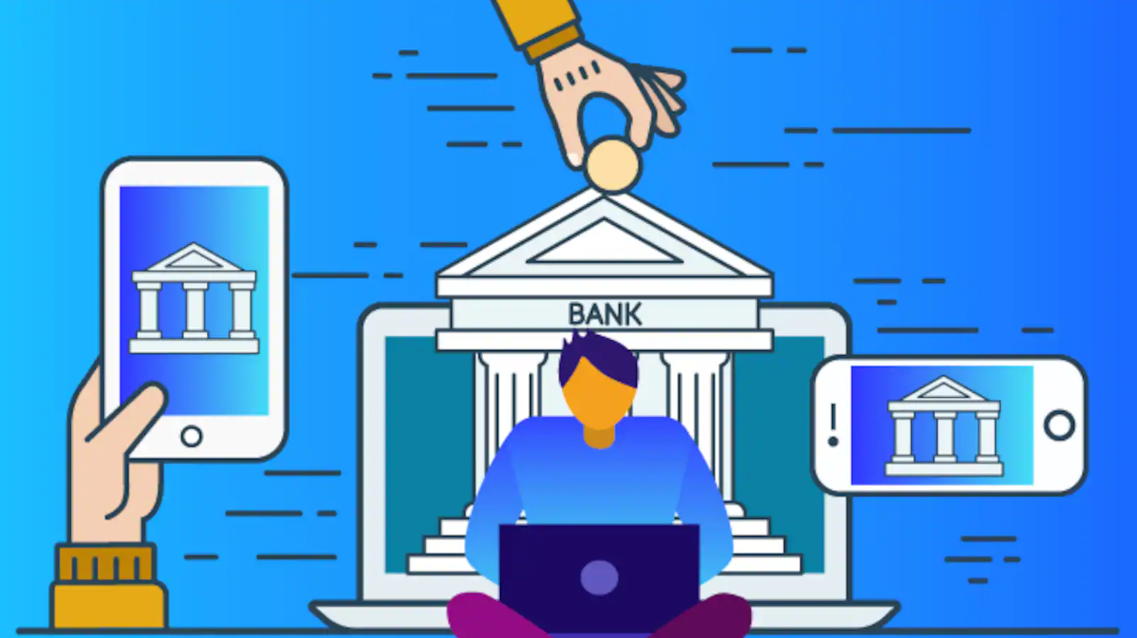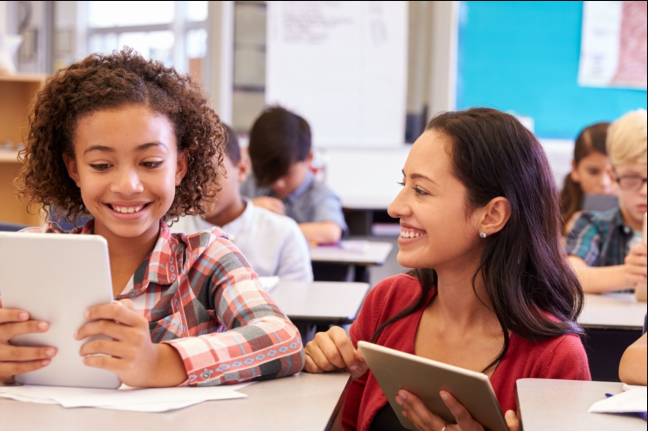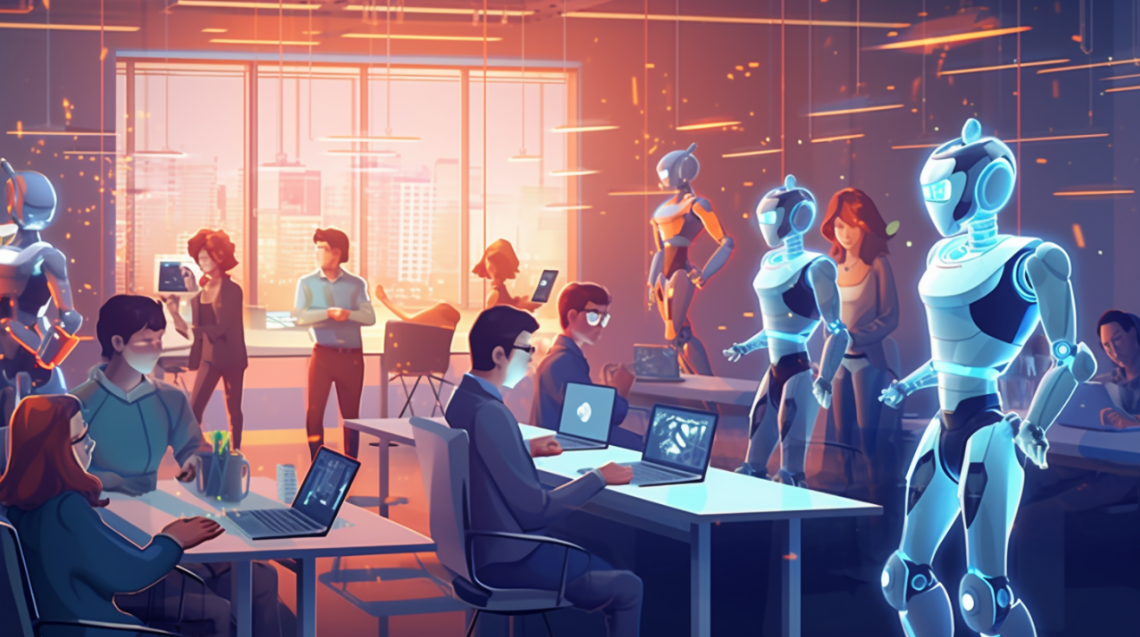The Future of Learning: Harnessing Technology for Student Success
In the rapidly evolving landscape of education, technology has emerged as a force for transformation. Not only is it reshaping how students learn and educators teach, but it is also doing so in ways that the previous generation could only imagine.
With the arrival of the 21st century, technology has moved from “nice if you have it” to a must-have. Everyone must keep up with new information networks and interconnections: they’re shaped by trends that are globally-oriented and broader than just technology. People who don’t understand technology really can’t take part in today’s society.” Wang Ji-an, Deputy Director of the State Council Education Research Office, told China Education News.One of the most significant impacts of technology on education is its ability to individualizing learning experiences.
Traditional classroom settings today are often hard-pressed to accommodate the diverse learning models and speeds. Nonetheless, with artificial intelligence and adaptive learning platforms, educators can customize classes so that they correspond to individual student needs. For example, interactive online modules change their difficulty based on how well students perform, giving close support where it’s most needed.With its multimedia resources, simulations and virtual experiences, technology enrolls a wealth of educational content guaranteed to remain in touch with modern-day complexities. Both video conferencing and social media create the opportunity for recognizable faces from around the world to appear in front of us today.
By using students ‘intelligence and know-how individually tuned to their own style, technology enables students to engage in learning process advantages at their own pace. This not only gives them confidence which supports protracted study (“I’ve made it this far.”), but also means that their learning process will become very smooth–and therefore leads on towards some success.In an interconnected global village, the ability to work as a team and be aware of international issues are both important skills to have. Thanks to technology as well as bridging geographical distance, pupils can cooperate with others of different races and cultures wherever they may be. Video conferencing, online forums, and collaboration platforms make possible real-time conversation or sharing of ideas. Young people are thus prepared for the team-oriented nature of contemporary working practice.
Digital platforms can also bring a world of information and diverse perspectives directly into the readers. Through virtual field trips, online research projects or interactive discussions, students are able to get acquainted with varied world views and on world events different from their own.
So this kind of exposure not only casts new light on their world; but also nurtures empathy, critical thinking skills and cross-cultural competence. And all of these capabilities are becoming more valuable, given the increasing globalization of our planet.
Enhancing Educator Capability and Professional Growth
Digital technology serves to enhance not just students’ learning experiences but also educators’ ability to deliver quality instruction. Administrative tasks are subtracted by digital tools, freeing teachers up for more individual instruction time with students and to give them the kind of mentoring support that all human beings need from time to time. Online learning platforms can streamline lesson preparation (such as LMSs), grading or progress tracking, shedding new light on how each student is doing and what she needs to do next-in short allowing an instructor complete command over her work load as never before.
Moreover, countless opportunities for professional growth have opened up as a result of the Internet revolution: online courses, webinars and conferences remote. With continual learning, educators from all over the world can get together to share ideas and join forces for their respective professional development in the classroom.
Challenges and Equity Issues
Although digital technology offers much potential, it also brings problems of fair access. For example, the digital divide is still trenchant: underserved communities suffer a lack of internet connection, gadgets such as smartphones or laptops, and computer literacy. In order to bridge this chasm requires cooperation with technology providers as well as from educators and policy-makers neighbours. They need to provide equal opportunities for all children to use digital resources, whether or not they have money in the bank.
As technology advances and changes, questions about data privacy, cyber security and “Digital citizenry” are increasingly important. The educator must impart knowledge or skills in how to surf the Internet responsibly not just to his students but also–by extension–to any potential offspring of theirs who are now a tech-savvy part in society. In this way students will be able make good decisions and won’t get duped online by anyone who wants their passports photographed or worse still stolen.
Comparison _Conclusion
It is clear that the future of learning is in strong reliance on the effective use of technology to promote students ‘agency, improve teaching practice and contribute to global connection. By providing a learning experience that keeps pace with the individual and emphasizing cooperation, promotion of teacher growth and marriage traditional problem-solving methods with computer mediated learning worldwide can meet today’s challenges. We will continue to blend creativity, imagination and contemporary values into our educational technology, but at the same time strive to make sure that every student has access to tools and opportunities for survival in this era of digitalization.










